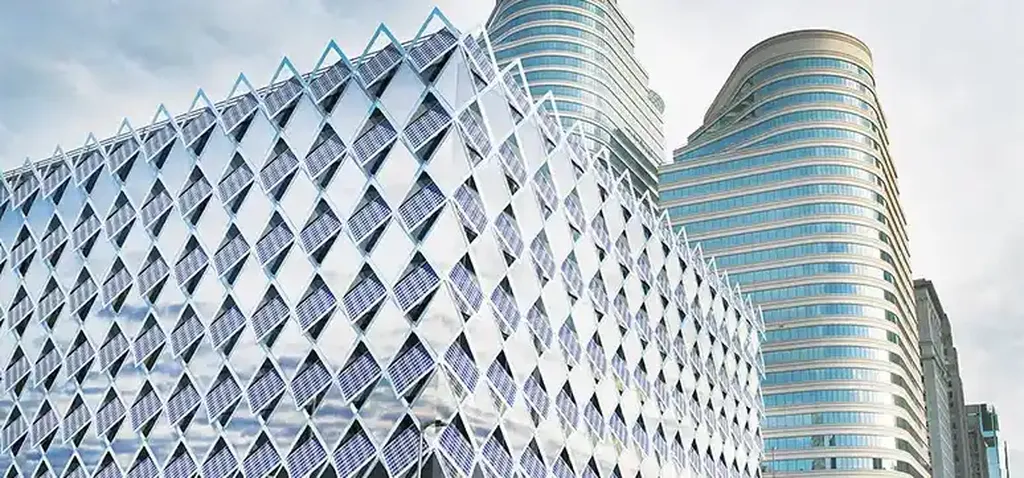In the ever-evolving landscape of construction technology, a groundbreaking study published in the *Journal of Engineering* (translated from Arabic as “مجلة الهندسة”) is set to redefine how we think about building envelopes. Led by Zainab Mohammed Ahmed from the Department of Architecture Engineering at the University of Baghdad, the research delves into the transformative potential of smart building envelopes, offering a blueprint for achieving environmental comfort while slashing energy consumption.
Ahmed’s work focuses on the integration of cutting-edge technologies such as smart glass, adaptive walls, and advanced insulation systems. These innovations are not just about enhancing structural performance; they are about creating dynamic, responsive buildings that adapt to their environment. “The building envelope is no longer just a static barrier,” Ahmed explains. “It’s a living, breathing system that can actively contribute to the comfort and sustainability of the spaces within.”
One of the most compelling aspects of this research is its emphasis on natural ventilation systems. By leveraging smart technologies, buildings can now optimize airflow, reducing the need for artificial climate control. This not only cuts energy costs but also improves indoor air quality, a critical factor in occupant health and productivity.
The study also highlights the role of artificial intelligence (AI) and the Internet of Things (IoT) in revolutionizing building performance. AI-driven systems can analyze real-time data to adjust shading, ventilation, and insulation dynamically, ensuring optimal energy efficiency. “The integration of AI and IoT allows buildings to learn and adapt,” Ahmed notes. “This level of responsiveness is a game-changer for the energy sector.”
The commercial implications of this research are vast. As buildings become more energy-efficient, the demand for traditional HVAC systems may decline, opening up new markets for smart technologies and sustainable materials. This shift could also drive innovation in the energy sector, as utilities and service providers adapt to a more dynamic and responsive built environment.
Ahmed’s research is not just theoretical; it includes real-world applications that have already demonstrated success. Buildings equipped with dynamic shading technologies and phase-changing materials have shown significant reductions in energy consumption and improved indoor environmental quality. These case studies provide a tangible roadmap for architects, engineers, and developers looking to incorporate smart envelope design into their projects.
As we look to the future, the integration of these technologies into mainstream construction practices could redefine the very essence of urban living. Buildings that are not only energy-efficient but also responsive to the needs of their occupants could become the norm, setting a new standard for environmental comfort and sustainability.
Ahmed’s work, published in the *Journal of Engineering*, offers a glimpse into this future. It challenges us to rethink the role of building envelopes and embrace the potential of smart technologies to create a more sustainable and comfortable built environment. The journey has just begun, and the possibilities are as vast as they are exciting.

